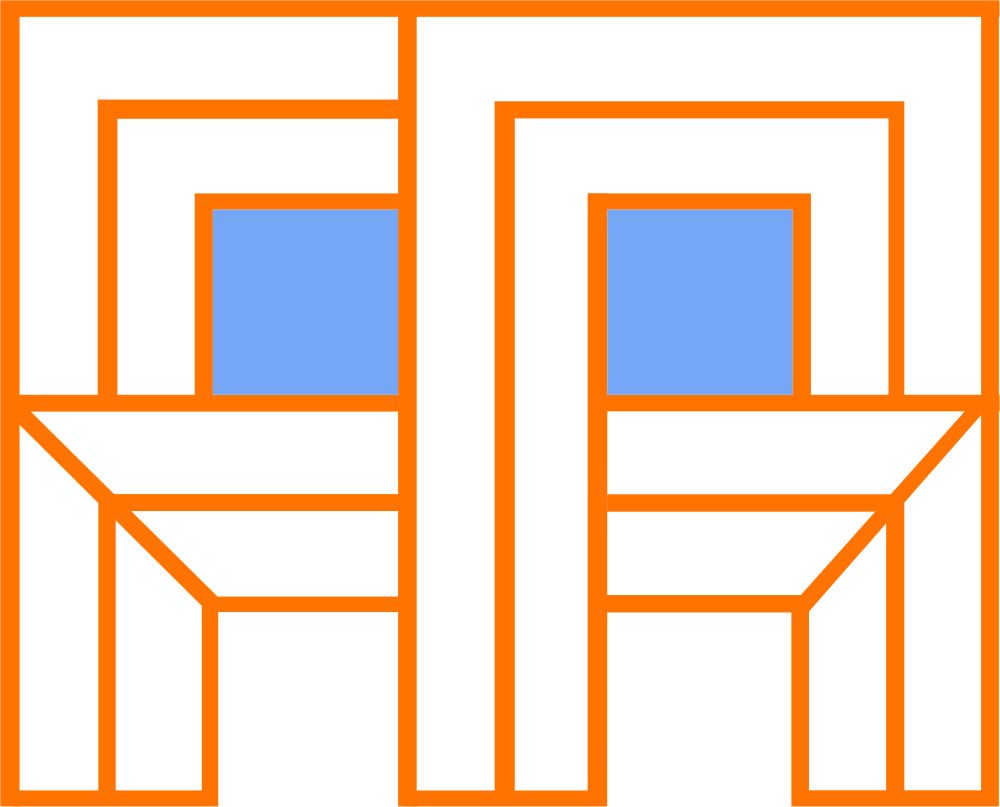Abstract graffiti
After more than 20 years of being dormant as a graffiti writer, I came into contact with graffiti once again. After the first train, the virus was immediately reignited. However, one thing had undeniably changed: I no longer had the desire to create traditional graffiti. The urge to spray my tag name in numerous places, the youthful territorial instinct, had faded. The desire to work with letters on a wall was no longer stirred. Instead, an experimental drive towards abstract graffiti emerged. During the time I was away from graffiti, many changes had occurred, including the introduction of many new types of caps. The new caps, the nozzles of spray cans that determine the spray pattern, offer a variety of patterns, and that rekindled my passion for graffiti.
In his abstract graffiti, Frank explores new forms through color fields and lines that reference old-school graffiti, which signifies a message on the wall, but are not old-school in style. It is much more about what happens on the wall or train, rather than what is written. It has become more form/gesture-driven; the form itself has become the content.s, as well as aspects of panels, and his collages and panels are also incorporated. His sculptures are a sum of his other disciplines. They are comparable to a totem pole of indigenous peoples. For Frank, the foundation is often a part of a piece of furniture, altered and stripped of its functional form, upon which various “rooms” or interior/exhibition spaces are stacked. Sometimes, green plants are placed on them, or books are displayed within.
